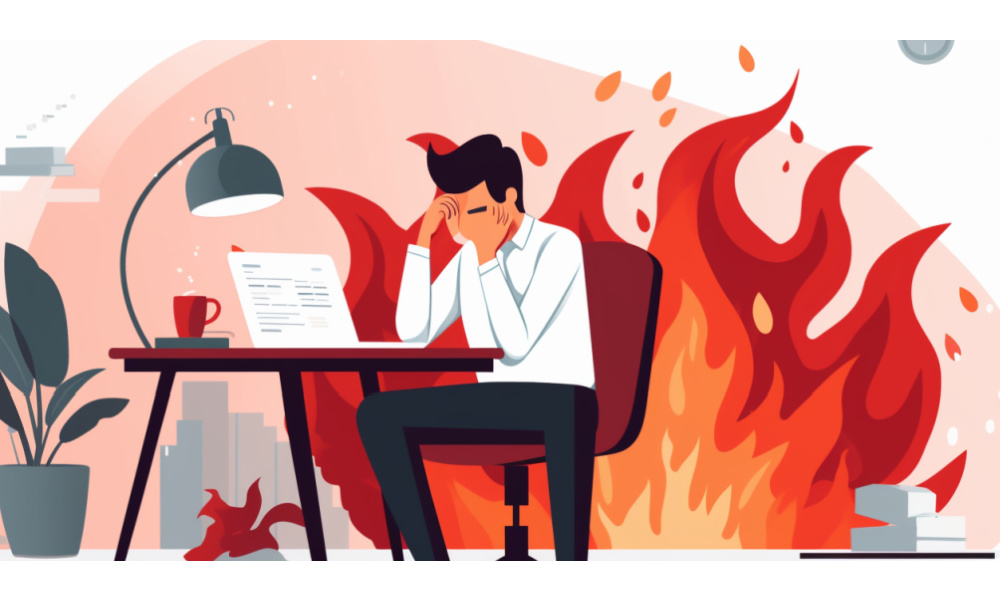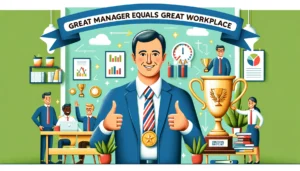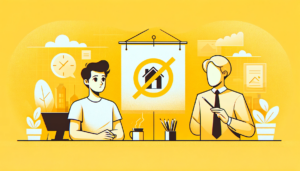Enhancing the employee experience as a strategy to prevent burnout
- 5 Min Read
Prioritizing employee experience is pivotal: a fulfilled workforce reduces burnout, elevates productivity, and fosters sustained organizational growth
- Author: Finbarr Toesland
- Date published: Oct 23, 2023
- Categories

Building a welcoming, inclusive and sustainable workplace is at the top of the agenda for companies across the globe. Yet, the rise of employee burnout, where staff enter a state of physical, emotional, and mental exhaustion, is quickly becoming a crisis for business leaders.
Recognizing the scale of the problem, the World Health Organization recognized burnout as an “occupational phenomenon” in 2019, with the disruption caused by the pandemic only adding to this problem.
By addressing the systematic factors that contribute to burnout, companies can improve productivity, reduce absenteeism, and boost revenues. Focusing on enhancing the employee experience can be a powerful strategy for preventing burnout, as well as fostering a more engaged and healthier workforce.
Understanding burnout
Defined by the World Health Organization as “a syndrome conceptualized as resulting from chronic workplace stress that has not been successfully managed,” burnout is becoming an increasingly complex issue in workplaces across the world.
The impacts of burnout are substantial and cause major issues for both staff and employers. According to research from Gallup, employees who report being burned out are 63% more likely to take a sick day and 2.6 times more likely to be actively seeking a different job.
While the causes of burnout differ from person to person, common causes of burnout include high workload levels, lack of control, and insufficient support in the workplace. These often-overwhelming challenges can lead to staff feeling cynical towards work, disengaged, and losing motivation.
The employee experience
The employee experience can be defined as the interactions a staff member has with other employees, business systems and policies, as well as the physical or virtual workspace. Everything from the onboarding process to relationships with managers and work-life balance are components of the employee experience.
Companies benefit from viewing the employee experience holistically, encompassing both work-related and personal aspects, as each employee will have unique priorities and value different aspects of the experience in a distinct way.
For Bobby Melloy, Regional Director of People Science at the global platform leader for employee experience, Culture Amp, maximizing the employee experience can boost employee engagement, productivity, and overall well-being.
“We encourage thinking about day-to day experiences that keep people motivated, including co-worker relationships, developmental opportunities and the pride and accomplishment that you would feel from achieving meaningful goals,” he adds.
Strategies to enhance the employee experience
Equipped with the right strategy, organizations help employees avoid burnout, reinvigorate staff, and support them to reinvest in their roles. Leaders have a key role in fostering a supportive workplace culture, with Melloy believing they should role model intended cultural norms and cultural practices.
“If the leader talks about the importance of supportive work relationships and a solid work-life balance – it starts with the leader because staff at every level are looking towards them for guidance,” says Melloy.
Open communication, employee recognition, and a healthy work-life balance are essential elements of an effective employee experience strategy. If staff do not feel like they are able to learn and grow in their current role, they may look elsewhere.
These concerns illustrate the importance of offering personalized learning and development opportunities, where people can gain skill-based training, continuing education, and leadership responsibilities.
Perhaps most importantly, companies need to ensure work-life integration is possible and staff are allowed to access flexible working arrangements that accommodate personal needs.
Measuring and assessing employee experience
Unless a comprehensive measuring system is in place to assess how staff view the employee experience, firms will not be able to find out how effective their efforts are in achieving progress.
“You need some sort of baseline and a fundamental understanding of what you are intending to offer in terms of an employee experience to find out to what extent you’re living up to this goal,” explains Melloy.
In practice, employee surveys can be one of the most powerful ways to gather feedback and insights from staff.
For these surveys to extract the most valuable responses, questions should go beyond asking about standard perks and benefits and discover more subtle experiences such as parts of the day-to-day workplace experience, including co-worker relationships and opportunities for development.
The role of technology
When undertaking data analysis to better understand and improve the employee experience, HR technology has an essential role to play. For example, technology-backed solutions can identify the most pressing challenges and signal them to leaders to address.
Implementing HR technology across an organization, in particular collaboration and communication tools and employee self-serve tools, can result in streamlined staff onboarding and training, as well as ensuring staff can access well-being support when it suits them best.
As part of the suite of HR tools that support employee engagement, it is valuable to include solutions that enable staff to be recognized, gain skills, and boost team culture.
Unlock the secrets to a thriving workplace culture! Join our roundtable on ‘Managing Year-End Demands’ and empower your team’s growth. Register here.
A culture of wellbeing is no longer a nice to have—it’s a must-have. To attract and retain talent, our workplaces need to reflect an environment where people can thrive, not just survive. Culture Amp can help you measure employee wellbeing, identify what different groups need, and help you take action so your people can be healthier, happier, and more productive. Click here to learn how.









